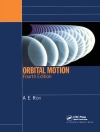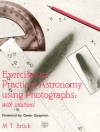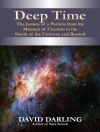In recent decades, twistor theory has grown into an irreplaceable tool for the study of scattering amplitudes in gauge theory and gravity. This book introduces the reader to cutting-edge advances in twistor theory and its applications to general relativity. The problem of graviton scattering in four dimensions is shown to be dual to dramatically simpler computations in a two-dimensional CFT known as a twistor sigma model. Twistor sigma models are the first step toward a holographic description of gravity in asymptotically flat space-times. They underpin the infinitely many asymptotic symmetries of flat space physics discovered in celestial holography, and extend them to exciting new arenas like curved space-times. They also yield intrinsically mathematical results in the field of hyperkähler manifolds. This volume will be of broad interest to students and researchers looking for an accessible entry point into twistor geometry, scattering amplitudes, and celestial holography. It will also provide an invaluable reference for specialists by bringing together results from a host of different disciplines.
Innehållsförteckning
Introduction.- Twistors for Flat Space.- Sigma Models and Hyperkähler Geometry.- Graviton Scattering in Flat Space.- Celestial Holography.- Twistors for SD Radiative Space-Times.
Om författaren
Atul Sharma is a leading expert in the study of scattering amplitudes and twistor theory. He currently holds a Black Hole Initiative postdoctoral fellowship at Harvard University, where he works on the hunt for flat space holography. He graduated B.Sc. from the Indian Institute of Science, Bangalore in 2017, following which he obtained an MASt in Applied Mathematics from the University of Cambridge and a D.Phil. in Mathematics from the University of Oxford. His work tackles scattering amplitudes in gauge theory and gravity, with a special emphasis on decoding hidden mathematical structures. It has helped in building top-down models of celestial holography, discovering remarkable formulae for amplitudes in curved backgrounds, and understanding the asymptotic symmetries of nature. He has also worked on applications of twistor theory to complex algebraic geometry, developing many new techniques that form a core part of this thesis.












